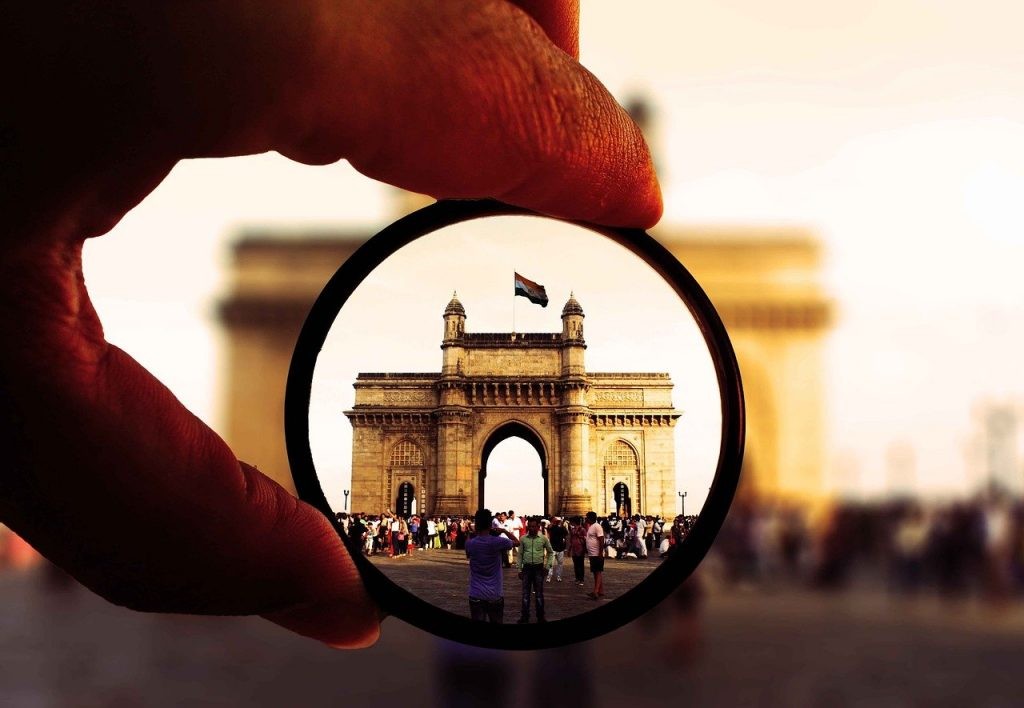Mumbai is the “CITY THAT NEVER SLEEPS”, every professional’s dream is to work someday in his career. Where most of the commercial and financial activities use to happen is losing its mojo of an maximum city ?
This thought triggers from yesterday’s headline in “Mumbai Mirror” that aviation traffic which Mumbai handles would be less than Delhi, Bangalore and would be closer to Kolkata and Chennai. This has been a gradual deterioration of the city’s prime image as the commercial capital of India.
Let go the memory lane for this downward spiral why has it happened:
1. Missing the complete “IT” & “STARTUP” boom, while losing to emerging hubs like Bangalore/Hyderabad/Pune due to its high cost of living and ability to attract young talent lead to moving the city original entrepreneurs like “ASIM PREMJI “to Bangalore.
2. The emergence of “GURGOAN” had the second blow where the newer MNCs wanted to be near power centers/ministries, put up their headquarter in the NCR region and certain MNCS which were uncomfortable being with tier 2 cities like Kolkata, Hyderabad and Chennai which resulting in a major chunk of the corporate headquarter came in Gurgaon. The Best example is Reckitt Benckiser, Bata from Kolkata, companies like Ford, Hyundai shifted from Chennai to Gurgaon as their talent was much easy to get. Also, NCR become the only fertile land for the whole of North & East India ,Source of employment for aspiring youth from cities like Lucknow/Kanpur/Patna/Kolkata/Bhubaneshwar etc.
3. West India being the most developed, Mumbai got a huge amount of challenge from nearby cities, classical examples where Pune which is just 200 kilometers away from the city of Mumbai, was able to offer an alternative regarding good quality of life at a reasonable price. Also being one of the best knowledge hubs of India in terms of the quality of education and better weather as compared to Mumbai. So, major engineering companies and manufacturing companies decided to have their headquarters in Pune.
4.Mumbai, the city is beautiful fusion of cultures of the traditional or the origin Marathi’s followed with Parsi, Gujarati’s, Muslims, Jews, Irani’s. Gujrat started to compete very aggressively with Maharashtra, and it started performing better in last 20 years under the leadership of Mr. Modi’s. A lot of entrepreneurs started going back to their own regions who have come from South Gujrat, North Gujrat, Kutch would started setting up their own headquarters there. And the classical aspiration of every Gujarati’s is to ultimately settle in Mumbai disappeared. People started settling in places like Surat, Baroda which would have offered a much better quality of life with the equivalent in the social fabric of Mumbai. Also the original entrepreneur community Parsi, Muslims, Jews, Irani’s started migrating to greener pastures like US/Canada/Australia /Israel .
5. During the early fifties and sixties, a lot of migration happened from the Southern states like Tamil Nadu, Karnataka, AP, Kerala as this state started showing much more progress and their social- economic standards went up. People started going back to their states which also added the fuel to the fire where Mumbai started losing its prime status as a commercial capital that will clearly be reflected in the air traffic which Mumbai used to handle because everybody from Karnataka, Kerala, Tamil Nadu must come Via Mumbai to travel overseas, which is not the case now we have got much better connectivity from Southern states. And Mumbai is taking its own sweet time to have second airport built.
6.The infrastructure of Mumbai has not kept up the pace. All the other Metro cities such as Hyderabad or Delhi which has got one of the best infrastructures, obviously adds to city misery to the whole situation where the infrastructure development speed is much slower. The last straw in this whole agony of this pathetic infrastructure has been the state government of the opposition as compared to the BJP government at the center has almost brought to a grinding halt. All the developmental works in the city from like Metro/Bridge/Sea link/Circular Road are moving in snarl space Currently, you would find the whole city has been dug up, but no work in the speed which is required has been done which is delaying the times lines indefinitely.
Conclusion :
If the city is not able to create world-class infrastructure by 2025, the distance between Delhi and Bangalore with Mumbai would widen beyond imagination, everything is still not lost for the city. If the politicians and the decision makers don’t pull up their socks, it would be too late. We will be going closer to the “City of Joy”. Anyway, the city is a cluster of islands, so space is always a constrain. If the city authorities are not able to create or able to demystify this image of expensive city, then attracting talent would be a problem. Today’s city leadership, which is in the space of entertainment and finance also will be lost in no time (GIFT city is first step towards it). Entertainment is already in the threat of moving it to a Uttar Pradesh and financials with more digitization can be done from any remote location.
This is a cornerstone where the city is standing and I thought I will put on up this a small note whereas True Mumbaikar, hope that we don’t see a “Reverse brain drain” where the city loses all his luster and left with population with more no jobs to offer than .






